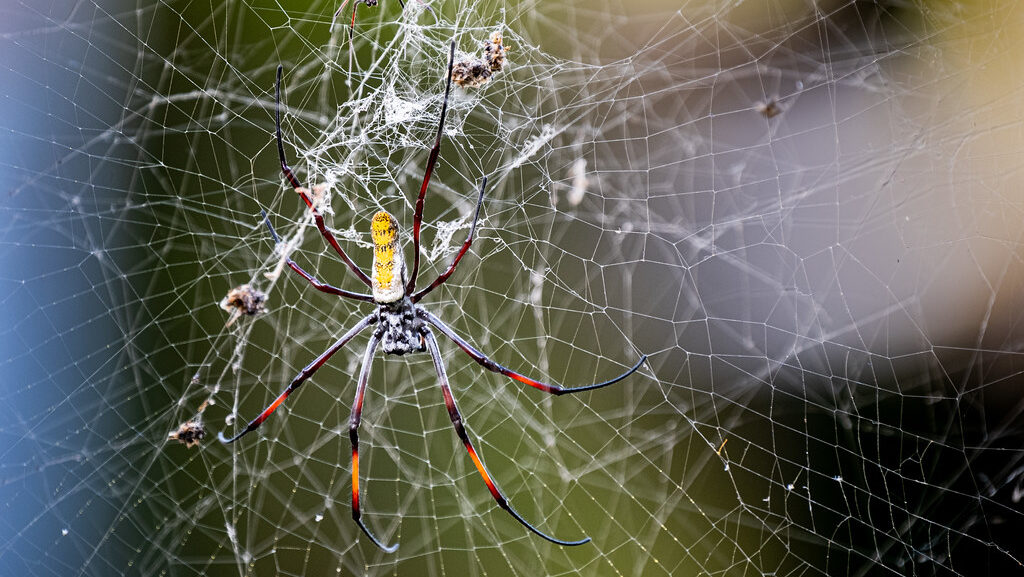Arachnids have fascinated and terrified humans throughout history, with spiders being among the most feared creatures on our planet. While the vast majority of the world’s 45,000+ spider species are harmless to humans, a select few possess venom potent enough to cause serious injury or death. This article explores the world’s most dangerous spiders, separating fact from fiction regarding where they actually live and the true nature of their threat to humans. Understanding these remarkable creatures can help us appreciate their ecological importance while taking appropriate precautions in regions where dangerous species exist.
Brazilian Wandering Spider (Phoneutria)

Often cited as the world’s most venomous spider, the Brazilian wandering spider has earned its fearsome reputation. These arachnids belong to the genus Phoneutria, with the most dangerous being Phoneutria fera and Phoneutria nigriventer. Unlike most spiders that build webs, these nocturnal hunters actively roam the forest floor at night, which increases their likelihood of human encounters. They primarily inhabit tropical and subtropical forests of Central and South America, with Brazil being their most notorious stronghold. Their venom contains a potent neurotoxin that can cause intense pain, breathing problems, and in rare untreated cases, death—though effective antivenoms have significantly reduced fatalities in recent decades.
Sydney Funnel-web Spider (Atrax robustus)
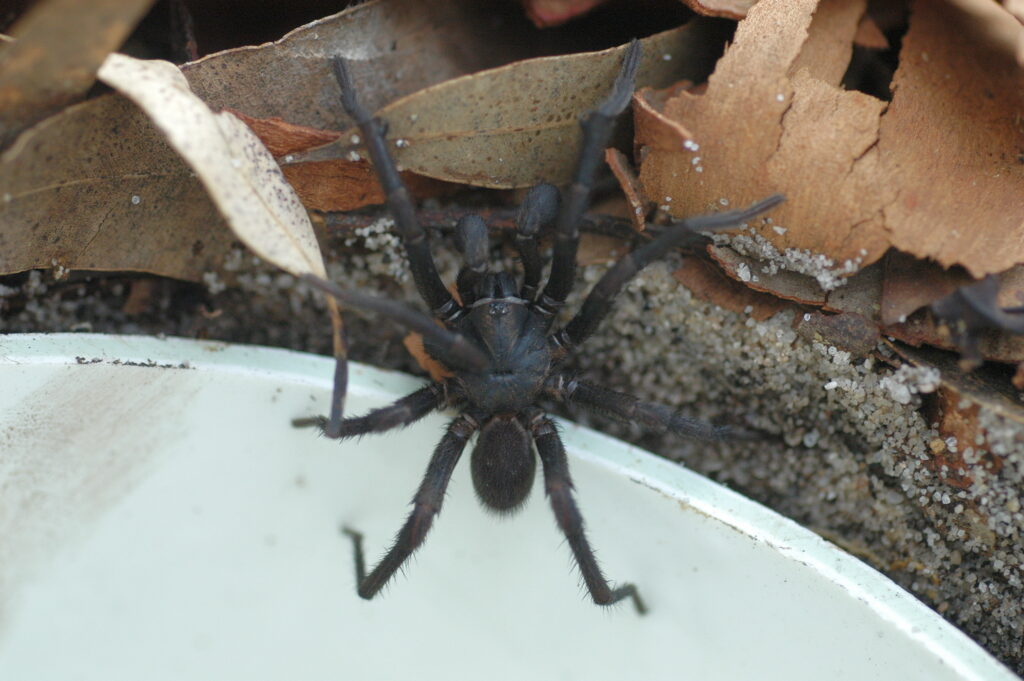
Australia’s most dangerous spider, the Sydney funnel-web, is particularly noted for its aggressive defensive behavior when threatened. These glossy, dark-colored spiders are found primarily within a 100-mile radius of Sydney, particularly in sheltered, moist environments where they build characteristic funnel-shaped webs. The male is considerably more dangerous than the female, with venom containing a compound called delta-atracotoxin that affects the human nervous system. Before the development of antivenom in 1981, bites had resulted in at least 13 confirmed human deaths. Their habitat is primarily restricted to eastern Australia, with the Sydney funnel-web specifically endemic to the Sydney region and not found elsewhere in the world.
Brown Recluse Spider (Loxosceles reclusa)
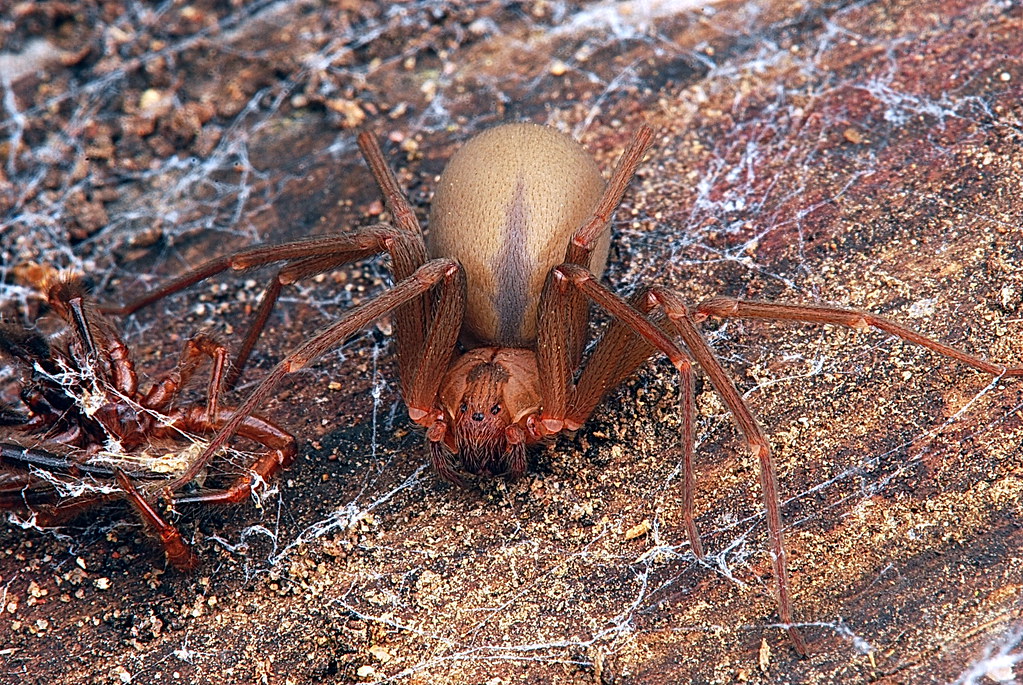
The brown recluse has gained an outsized and often exaggerated reputation in North America. These small, light to medium brown spiders are identified by the characteristic violin-shaped marking on their cephalothorax, earning them the nickname “fiddle-back” spiders. Despite widespread fears, their range is actually limited primarily to the central and southern United States, from Nebraska to Ohio and south to Georgia and most of Texas. True to their name, they are reclusive and typically avoid human contact, preferring undisturbed areas like woodpiles, sheds, and closets. Their bite contains hemotoxic venom that can cause necrotic lesions in some cases, but fatalities are extremely rare, with most bites healing without serious complications.
Black Widow Spider (Latrodectus)
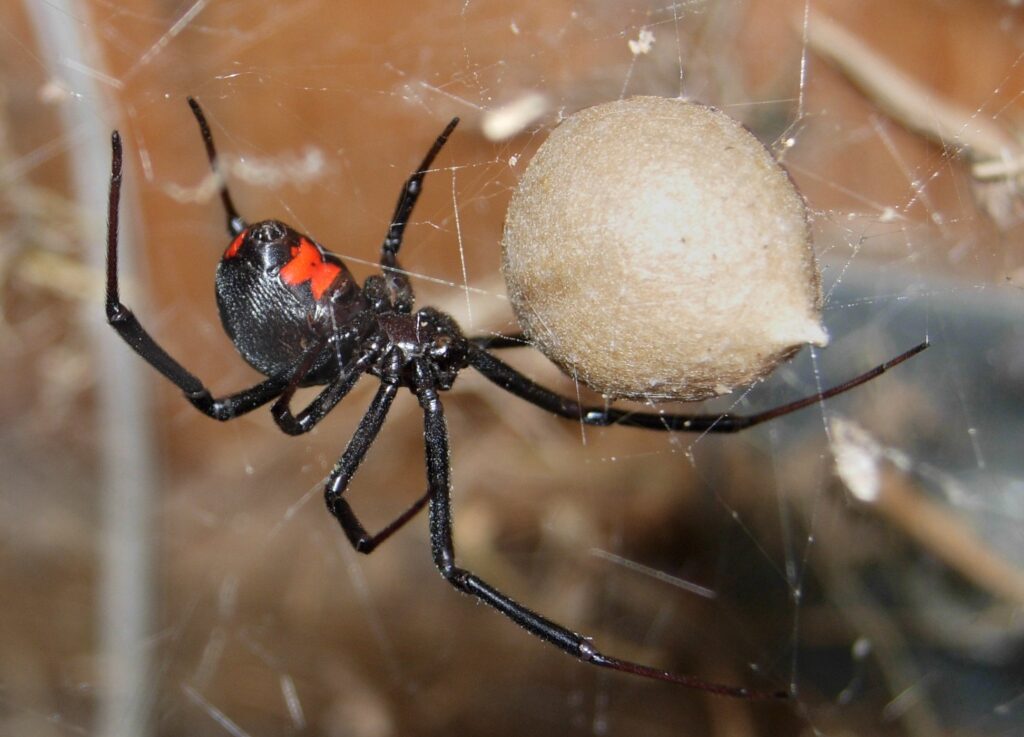
Few spiders are as instantly recognizable as the black widow with its glossy black body and distinctive red hourglass marking on the underside of its abdomen. The genus Latrodectus includes several species found worldwide, but the most notorious in North America is Latrodectus mactans. They typically construct irregular webs in dark, sheltered locations like woodpiles, under eaves, or in garden debris. Their neurotoxic venom is particularly potent—approximately 15 times stronger than a rattlesnake’s by volume—though they inject much less venom per bite. Black widows can be found on every continent except Antarctica, with various species adapted to different regions, though they generally prefer warmer climates.
Six-eyed Sand Spider (Sicarius hahni)

One of the world’s most elusive deadly spiders, the six-eyed sand spider is a master of camouflage native to the deserts of southern Africa. This spider’s flattened body allows it to bury itself completely in sand, leaving only its eyes exposed as it waits for prey to pass by. Their cytotoxic venom is considered potentially among the most dangerous to humans, capable of causing massive tissue damage and internal bleeding. Fortunately, human encounters are extraordinarily rare due to their remote habitat and highly secretive nature. No confirmed human fatalities have been documented, partly because these spiders rarely come into contact with people and tend to retreat rather than bite when disturbed.
Redback Spider (Latrodectus hasselti)
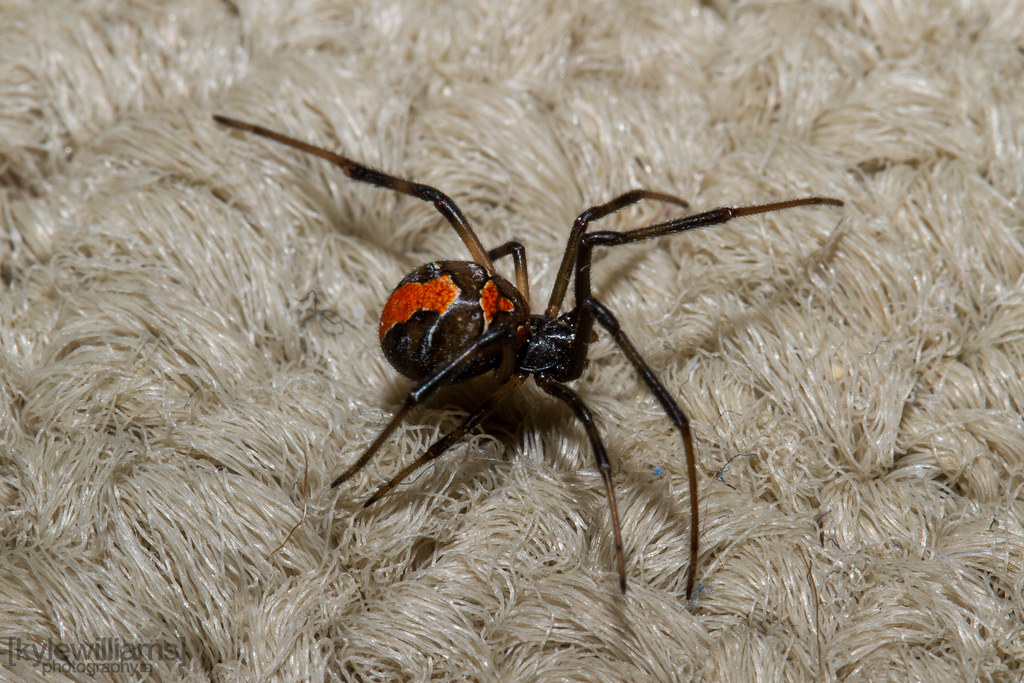
A close relative of the black widow, Australia’s redback spider is distinguished by the prominent red stripe on its abdomen. These adaptable spiders have established themselves in urban environments across Australia, commonly building webs in dry, sheltered locations around homes and gardens. Unlike many dangerous spiders, redbacks often live in close proximity to humans, constructing messy webs in outdoor furniture, mailboxes, or under toilet seats in outdoor facilities. Their powerful neurotoxic venom affects the nervous system, causing intense pain, sweating, muscle weakness, and nausea. Since the introduction of antivenom in 1956, no deaths have been recorded, though prior to this, the redback was responsible for at least 14 documented fatalities in Australia.
Chilean Recluse Spider (Loxosceles laeta)
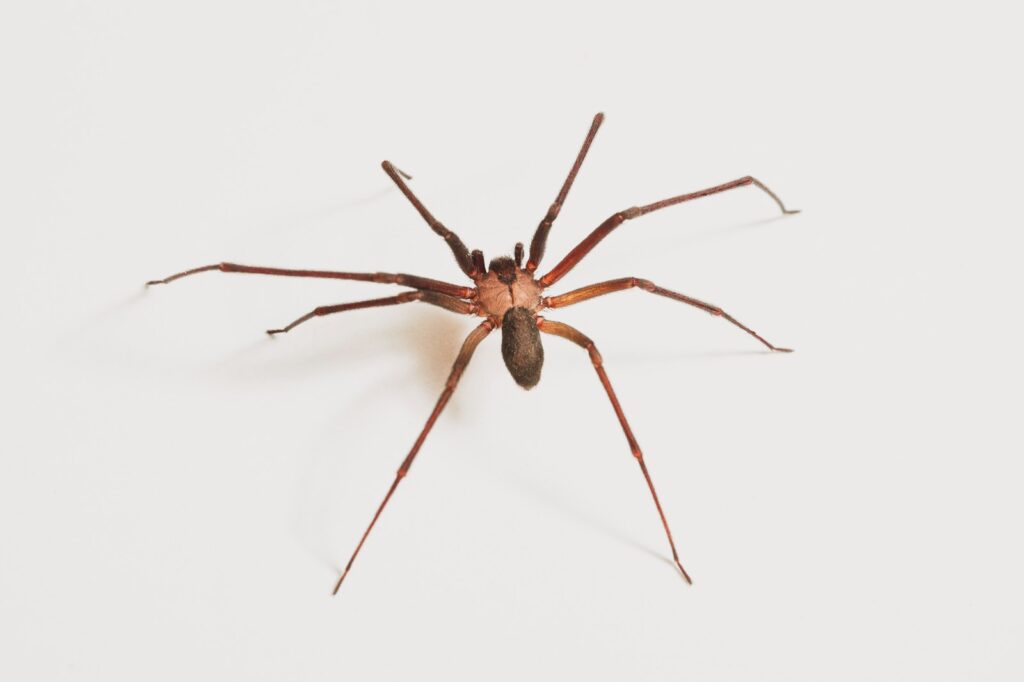
The Chilean recluse holds the distinction of being one of the most dangerous of all recluse spiders, with more potent venom than its North American cousin. Native to South America, particularly Chile, Peru, and Brazil, this spider has been accidentally introduced to other regions, including parts of North America and Europe through international shipping. Like other recluse spiders, it possesses a violin-shaped marking and prefers dark, undisturbed areas in and around human dwellings. Its powerful hemotoxic venom can cause severe tissue necrosis and, in rare cases, systemic effects including kidney failure and death. The spider’s adaptability to urban environments and ability to survive in various climates has raised concerns about its potential spread to new regions.
Mouse Spider (Missulena)
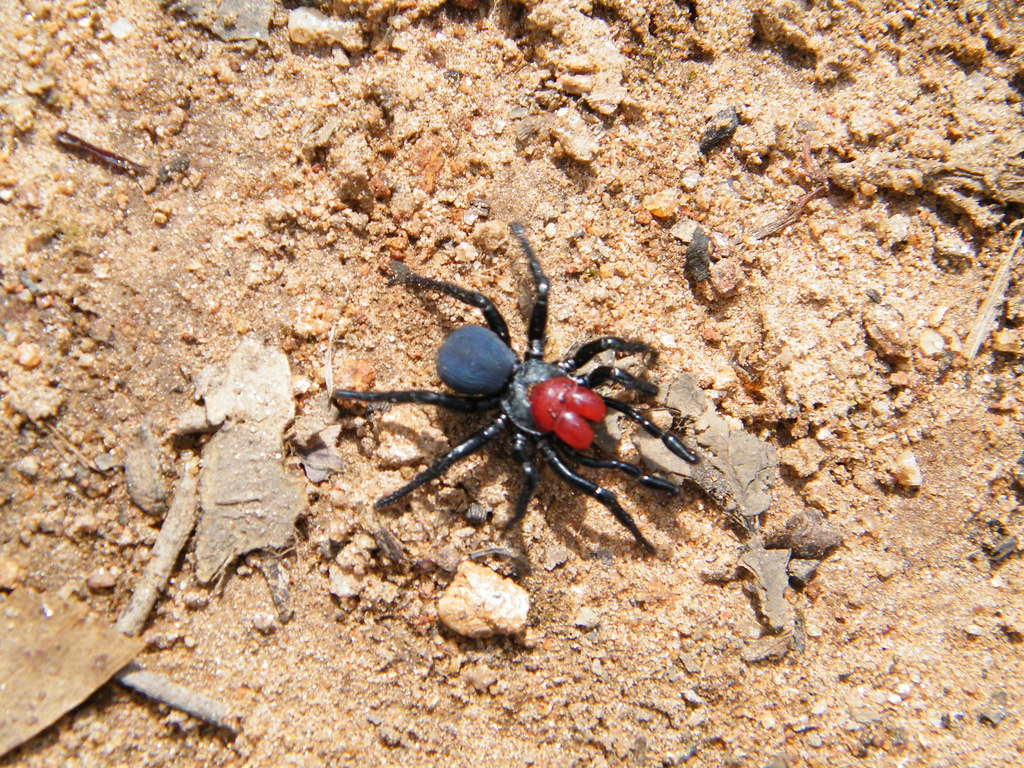
The mouse spider, native to Australia, is often overshadowed by its more famous cousin, the Sydney funnel-web, but possesses similarly potent venom. These stocky, robust spiders get their common name not from preying on mice but from their alleged tendency to burrow and their mouse-like furry appearance. The most dangerous species, the Eastern mouse spider (Missulena bradleyi), has glossy black coloration with males displaying distinctive bright blue or red markings on their head. Found throughout Australia, mouse spiders typically inhabit burrows in creek and river banks, forests, and open woodland areas. Although their venom is potentially dangerous to humans, these spiders rarely bite and, when they do, often deliver “dry” bites with minimal or no venom injection.
Yellow Sac Spider (Cheiracanthium)

The yellow sac spider represents a genus found worldwide that frequently comes into contact with humans due to its habit of building small silk sacs on walls, ceilings, and vegetation. These pale yellow to light green spiders are relatively small but responsible for more bites to humans than almost any other spider in certain regions, particularly in North America and Europe. Their cytotoxic venom, while not life-threatening, can cause painful wounds similar to mild brown recluse bites, with localized redness, swelling, and sometimes small necrotic lesions. Yellow sac spiders are unusual among dangerous species as they frequently enter homes and cars, particularly during autumn months, increasing the likelihood of encounters with humans.
Chinese Bird Spider (Cyriopagopus hainanus)

The Chinese bird spider, a type of tarantula from Hainan Island in southern China, is considered one of the most venomous tarantulas in the world. These large, dark spiders with distinctive yellow-striped legs belong to the Earth tiger tarantula group, known for their defensive nature and potent venom. They primarily inhabit tropical rainforests, building burrows in the forest floor where they ambush passing prey. Their venom contains powerful neurotoxins that can cause significant pain, muscle cramping, and in severe cases, breathing difficulties in humans. While deaths are extremely rare, their large fangs can deliver substantial amounts of venom, making them potentially dangerous to humans who venture into their limited island habitat.
Wolf Spider (Lycosidae family)
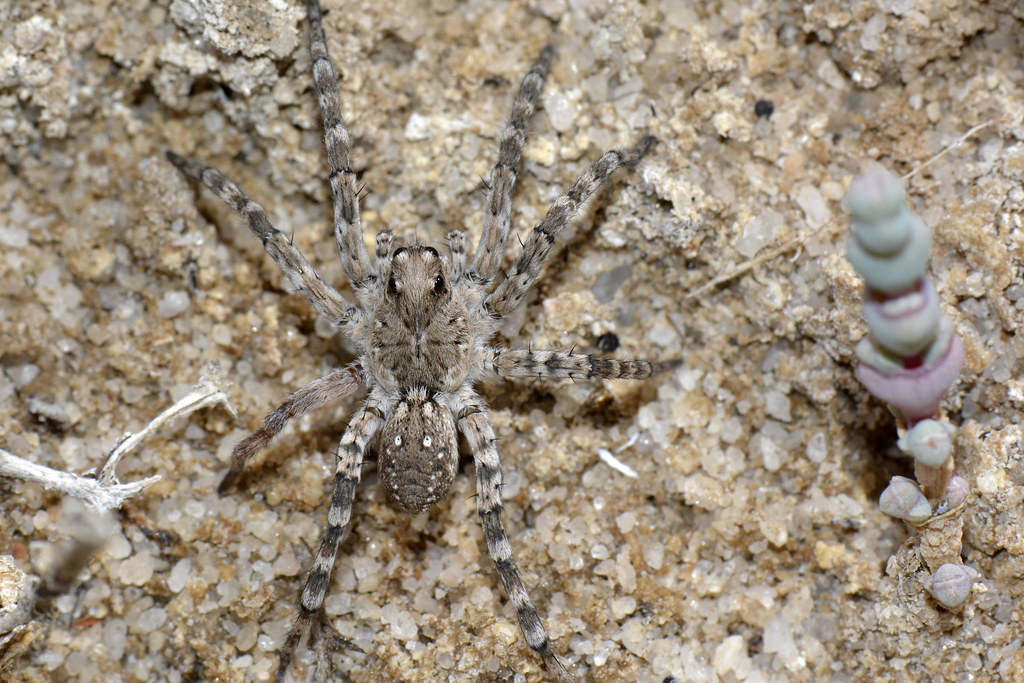
Wolf spiders represent a large and widespread family of spiders frequently misidentified as more dangerous species due to their imposing appearance and speed. Unlike many spiders that build webs, wolf spiders are active hunters that chase down their prey, using their excellent vision to track movement. They inhabit virtually every terrestrial habitat worldwide, from rainforests to deserts and domestic gardens. While their appearance can be frightening, their venom is not medically significant to humans in most species, typically causing only minor pain and localized swelling similar to a bee sting. What makes them notable is their abundance and frequent encounters with humans, which has led to persistent myths about their danger level despite their relatively harmless nature.
Hobo Spider (Eratigena agrestis)
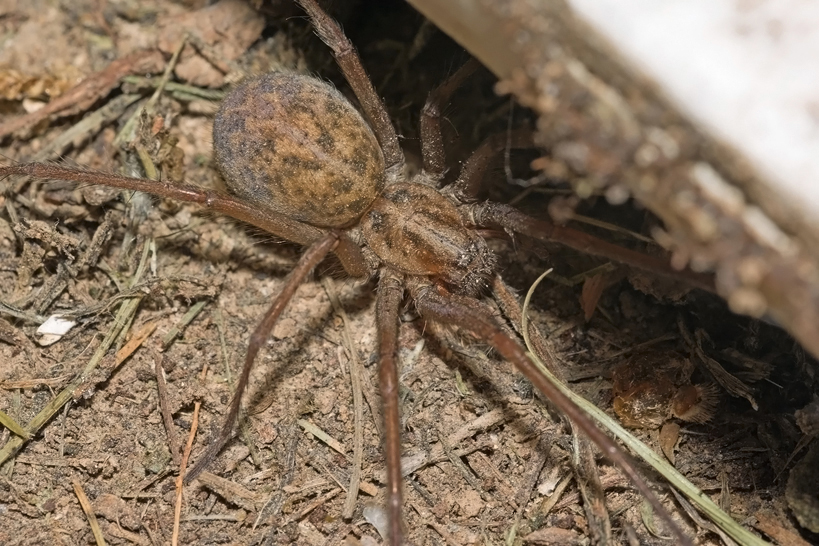
The hobo spider has been the subject of considerable controversy regarding its potential danger to humans. Native to Europe, this spider was accidentally introduced to the northwestern United States in the 1980s and has since spread throughout the region. For years, it was believed to cause necrotic wounds similar to brown recluse bites, leading to significant public fear. However, more recent scientific research has largely debunked this claim, with studies showing little evidence of significant medical consequences from their bites. The hobo spider typically builds funnel-shaped webs in dark, moist environments like basements, woodpiles, and between rocks. Despite their diminished reputation for danger, they remain a source of confusion and misidentification in regions where they have been introduced.
The Reality of Spider Bite Fatalities
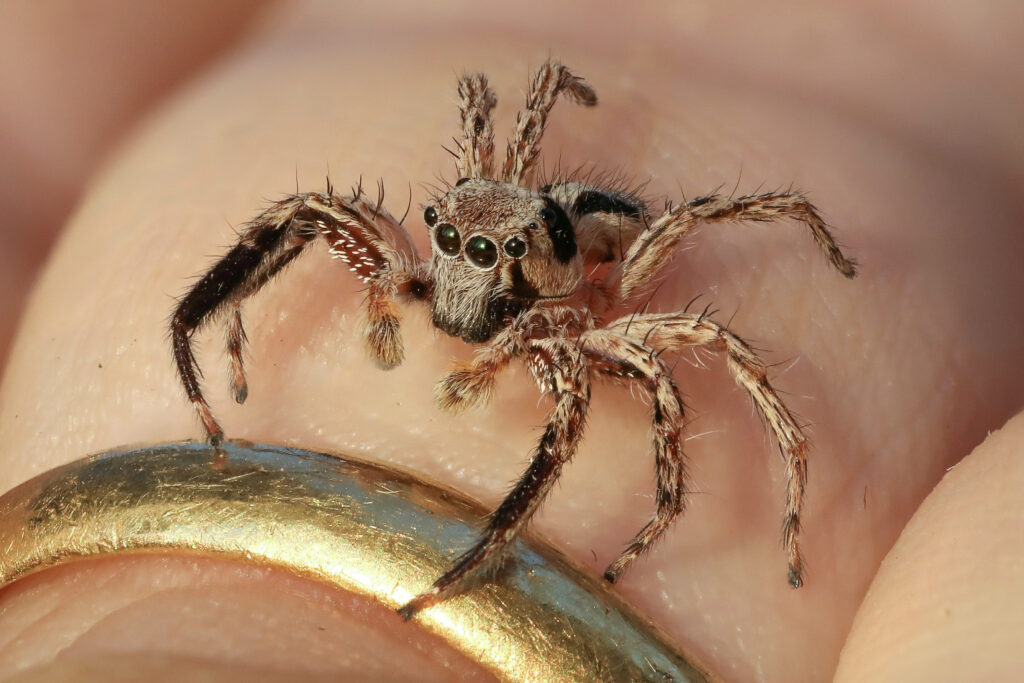
Despite their fearsome reputation, confirmed deaths from spider bites globally remain extraordinarily rare, especially compared to other animal encounters or environmental hazards. In most regions with medically significant spiders, antivenom availability has dramatically reduced fatality rates, with countries like Australia recording no confirmed spider-related deaths since the 1980s. Many suspected “spider bites” are later determined to be caused by other conditions, including bacterial infections, allergic reactions, or encounters with different arthropods. The development of effective treatment protocols has further improved outcomes, with most bite victims recovering completely with proper medical care. This statistical reality provides important perspective—while respecting dangerous spiders is prudent, excessive fear is unwarranted given the minimal risk they pose to human populations.
Living Safely with Dangerous Spiders

Understanding how to coexist with potentially dangerous spider species can significantly reduce the already minimal risk of harmful encounters. In regions where venomous species occur, simple precautions include shaking out shoes and clothing before wearing them, wearing gloves when handling stored items or gardening, and reducing clutter that might provide hiding places. When camping or hiking in areas known for dangerous species, securing tents and sleeping bags and checking them before use can prevent unwanted encounters. If living in regions with specific dangerous species, learning to accurately identify them and understanding their habits is invaluable. Rather than indiscriminate killing of all spiders, targeted management of only dangerous species while allowing beneficial spiders to control pest populations represents the most balanced approach to spider coexistence.
Conclusion
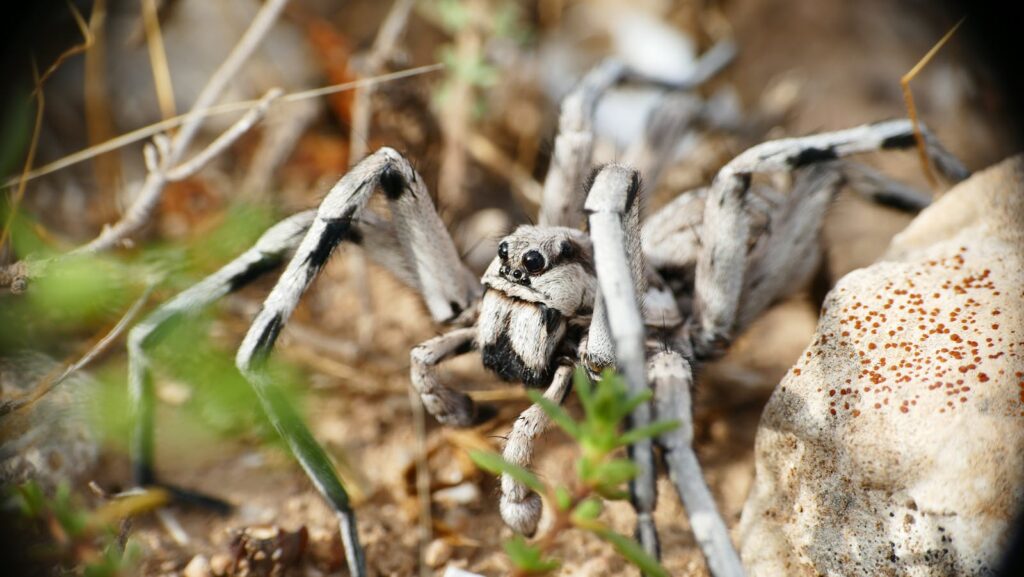
While several spider species around the world possess venom powerful enough to harm humans, the reality of spider danger differs significantly from common perception. Most dangerous spiders have limited geographic ranges, specific habitat preferences, and rarely encounter humans. When encounters do occur, these spiders typically bite only as a last resort when threatened. Modern medical care and antivenoms have further reduced the already small risk these fascinating creatures pose. Understanding where these spiders truly live and their actual behaviors can help reduce unnecessary fear while promoting appropriate caution in regions where genuinely dangerous species exist. Like most wildlife, spiders deserve respect rather than fear, as they play crucial roles in controlling insect populations in ecosystems worldwide.

